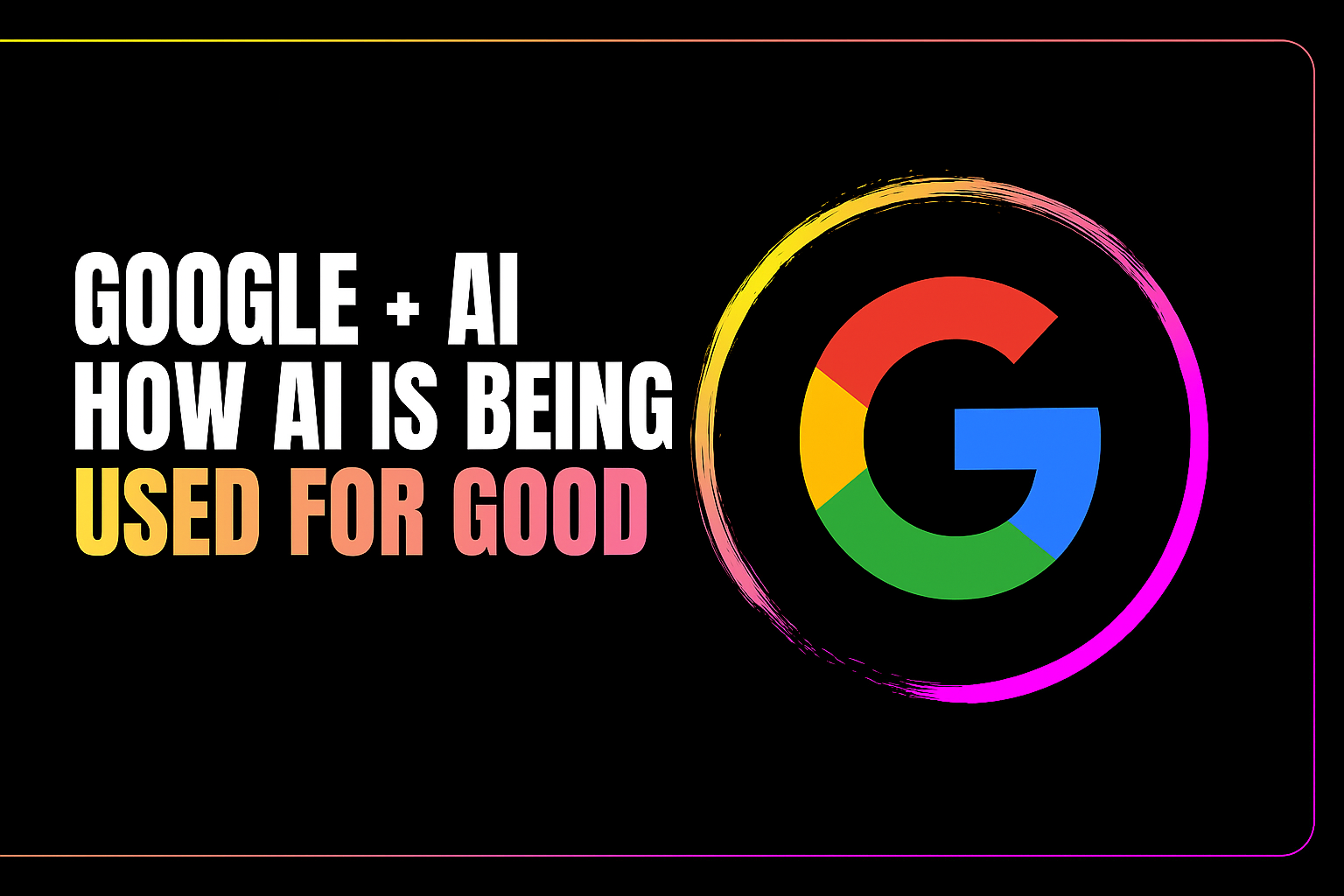
Discover how Google's AI is actively being used for global good, tackling critical issues in crisis, health, and climate change, and making technology accessible and accountable for everyone.
The construction industry is constantly evolving, and a big part of that change is powered by AI. It's a tool that's helping us work smarter and faster, from the initial design phase to the final handshake with the client. You might be surprised by just how many ways AI is already integrated into the day-to-day operations of modern construction.
Here are seven key areas where AI is making a real difference.
AI is revolutionizing the pre-construction phase by taking on complex tasks that used to be slow and prone to error. With generative design, AI tools can create multiple design options based on your specific inputs, like materials, budget, and sustainability goals. This is helping to accelerate preliminary design phases and reduce costly iterations in infrastructure planning.
AI also helps with predictive scheduling, using data from thousands of past projects to create more accurate timelines. These algorithms can analyze factors like weather patterns, material availability, and even subcontractor performance to forecast potential delays or cost overruns, so you can address them before they become a problem. AI-based systems are also helping with cost estimation by leveraging past and current data to create on-target estimates.
We've all dealt with the headache of staying on top of a large, complex project. AI helps by acting as a digital assistant. AI-driven project management platforms can analyze project data to provide actionable insights, helping managers make better-informed decisions. These tools can flag deviations from the schedule, identify resource bottlenecks, and track a project's budget in real time.
AI also helps streamline administrative tasks. AI-powered tools can handle routine documentation, create reports, and manage requests for information (RFIs). This enhanced communication and real-time data sharing among stakeholders helps reduce miscommunication-related delays by up to 30%.
Safety is always the number one priority, and AI is a powerful ally in making jobsites safer. AI-powered cameras and sensors can continuously monitor a site in real time, detecting potential hazards like a worker not wearing the correct personal protective equipment (PPE) or a machine operating outside of its safe parameters. These systems send instant alerts to site managers, enabling timely interventions that can prevent accidents before they happen. Companies using these AI-driven safety tools have reported a reduction in workplace accidents by as much as 25%.
Beyond real-time monitoring, AI uses predictive analytics to analyze historical safety data and identify patterns that might precede accidents. This allows you to implement targeted preventive measures and continuously improve overall safety compliance.
AI helps you maintain quality and prevent costly rework before construction even begins. AI software can analyze designs and 3D models to flag potential issues and structural weaknesses. On the jobsite, AI-powered cameras and drones can monitor work in real time, comparing it against blueprints and design models to ensure everything meets quality standards and specifications.
This proactive approach to quality control allows for the early detection of defects, ensuring projects are completed to the highest standards. AI-driven robots can also perform tasks like bricklaying and welding with a level of precision and consistency that can be difficult for humans to match, further improving quality across the board.
Equipment downtime can bring a project to a grinding halt, but with AI, it's becoming easier to anticipate. Intelligent sensors on construction machinery can send real-time data to AI systems. AI algorithms then analyze this data to predict when maintenance is needed based on usage patterns, wear and tear, and environmental conditions. This approach shifts maintenance from a reactive to a proactive process, helping you schedule repairs before a breakdown occurs, reducing costly downtime and extending the life of your equipment.
The idea of robots on a jobsite is no longer science fiction. AI is powering a new generation of autonomous machinery that is changing the way we build. Drones, for instance, are being used for site surveying, progress tracking, and inspections, which can reduce inspection time by as much as 30%. AI-driven robots are already being used for tasks like bricklaying, welding, and 3D printing. These technologies are proving to be invaluable in addressing labor shortages and improving overall productivity. They handle repetitive and physically demanding tasks, which allows human workers to focus on more complex, high-value activities.
AI is a powerful tool for helping the industry become more sustainable. By analyzing vast datasets on energy consumption, emissions, and environmental factors, AI can inform companies on how to reduce their environmental impact. AI-powered systems can optimize a building's energy use by adjusting heating, cooling, and lighting based on real-time data from occupancy patterns and weather forecasts. This leads to significant savings in energy costs and a smaller carbon footprint. AI can also support sustainable building design by helping architects and engineers evaluate the performance of different materials and design options, such as low-carbon concrete. This ensures that structures are not only efficient but are also built with environmental responsibility in mind.